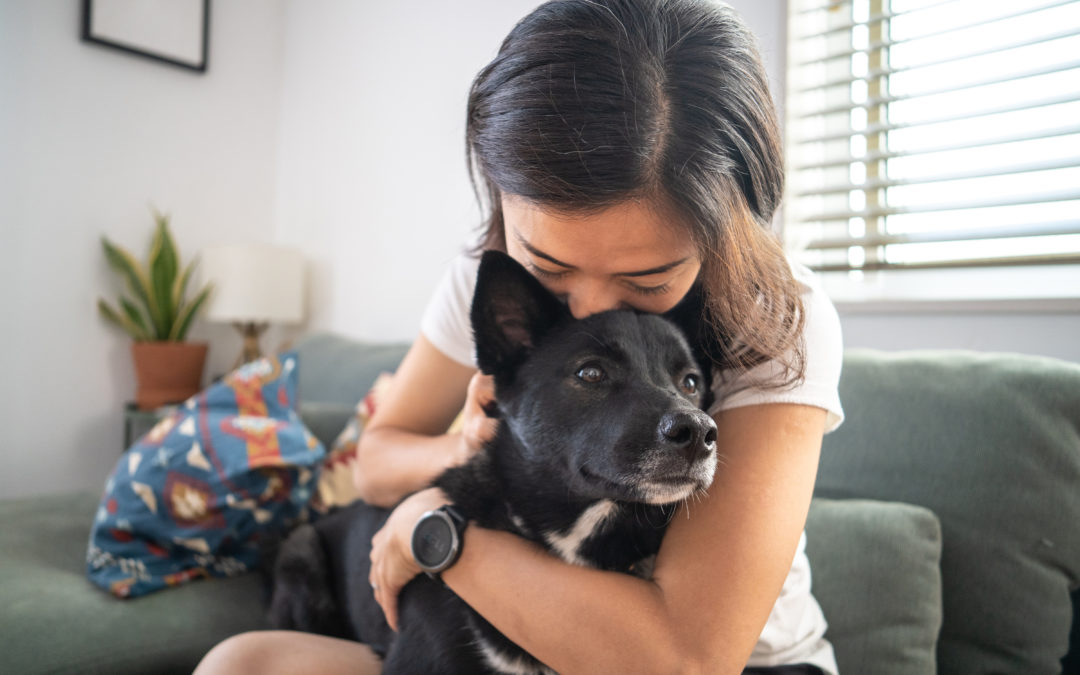The past year and a half has been challenging on many fronts, but one of the biggest upsides has been the so-called pandemic pets: The dogs, cats, and other furry friends who were adopted as people were isolated during stay-at-home orders and looking for companionship to help improve their mental and physical health.
Pet adoptions soared during 2020, according to a January 2021 survey conducted by Rover, a pet-sitting website. Canines topped the list of animals finding homes. The survey found that nearly half (49%) of people living in the U.S. said they got a new dog during the pandemic. Better yet, 64% of all animals were adopted from a shelter or rescue group or rehomed from another family.
For some community associations, the growing number of pets—especially dogs—has brought more complaints about people not picking up after the animals, not leashing them, allowing them to bark and whine excessively, and more. Some communities have upped fines and tweaked pet rules while others have fast-forwarded plans to install dog parks. Some are committed to better educating pet owners about rules and even trying to help them prepare their pet for when they return to work.
Attorney Abby Volin, president of animal accommodation law firm Opening Doors, says the fact that so many more four-legged friends may be calling your community home provides the perfect opportunity to rethink pet policies and build more pet-inclusive communities. As we adapt to the new normal, here are some other ways Volin says you can create a more pet-inclusive community:
▋ Make sure pet rules are clear, fair, well-communicated, and hold residents accountable while providing an opportunity to do things that will make residents happy and help them be better pet parents.
▋ If you don’t already have dog waste stations or enough in your community, get them. If people still aren’t picking up after their dog, consider DNA tracing, sending residents rewards for picking up after their pooches and, as a last resort, installing cameras.
▋ Consider hosting social activities for people and their pets. Invite a dog trainer to run classes in an outdoor area of your community or a cat behaviorist to give a lecture in your clubhouse or meeting room.
As more people return to work in offices and away from home, canine separation anxiety and the barking that usually comes with it is a real concern, particularly for condominiums and other units with shared walls. Pandemic pets, particularly dogs, can have issues being left alone, but separation anxiety also can affect dogs who have been in a home prior to the pandemic and have gotten used to their pet parent being home all day.
According to the Humane Society of the United States, for minor separation anxiety, it’s important to not make a big deal when you come home or leave for work. Owners should ignore the dog for a few minutes when they get home, then calmly pet the animal. They also might consider an over-the-counter calming product.
>>Read more about creating a dog-friendly community in “Paws on the Pandemic,” from the July/August 2021 Issue of CAI’s Common Ground magazine.
>>For more practical suggestions, helpful alternatives, and information on societal issues that impact your association’s approach to pets, turn to Pet Policies from CAI Press.


